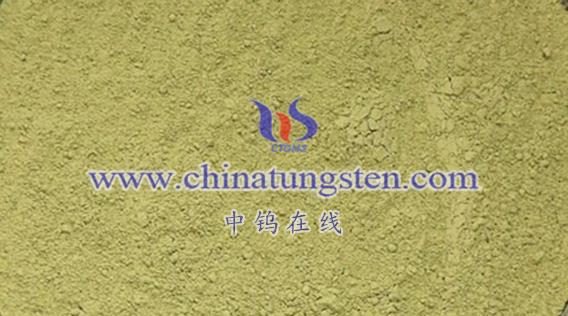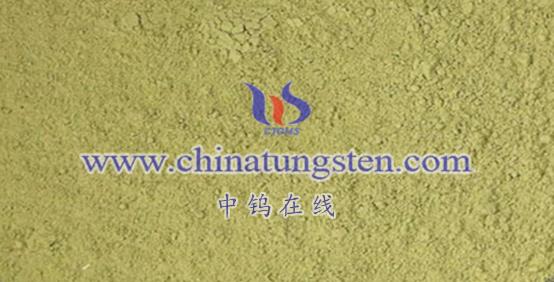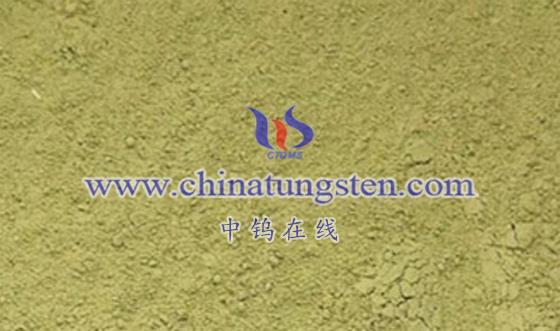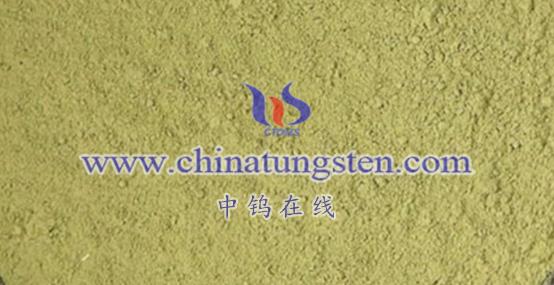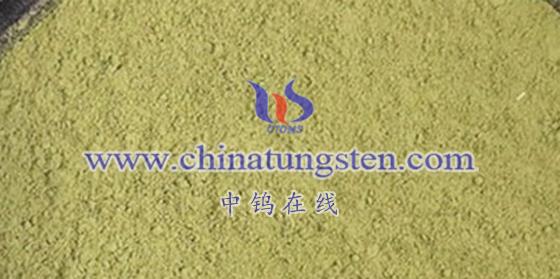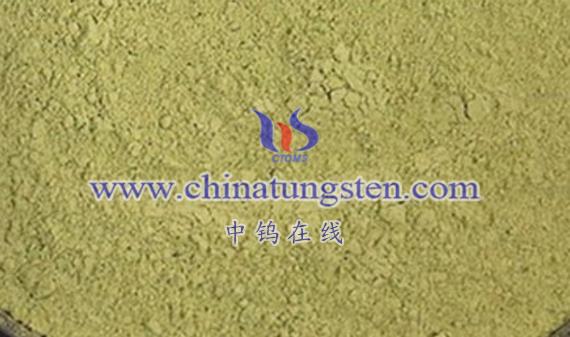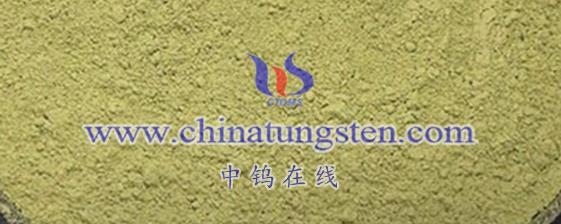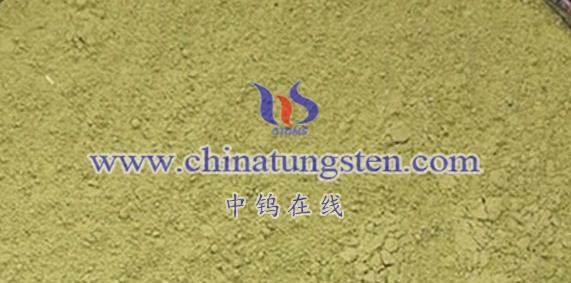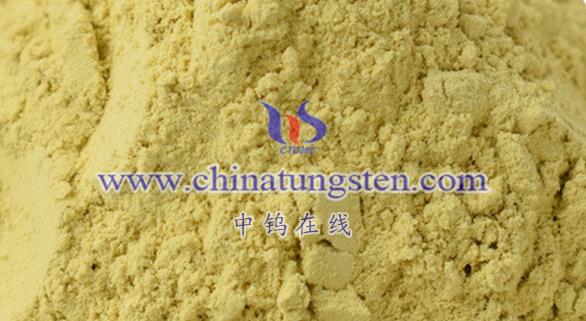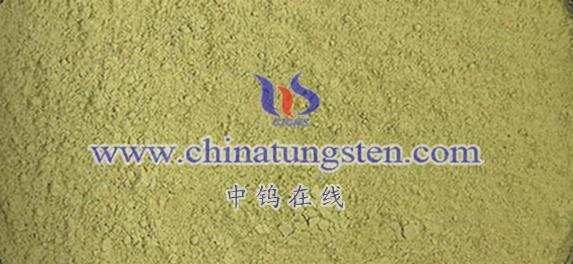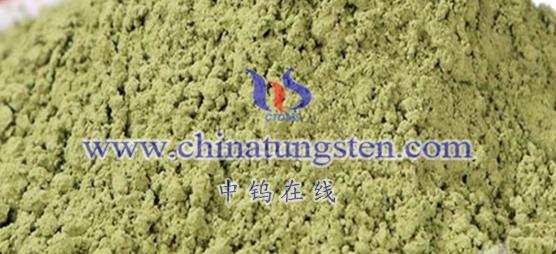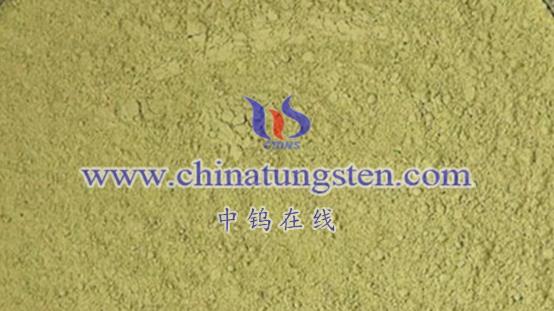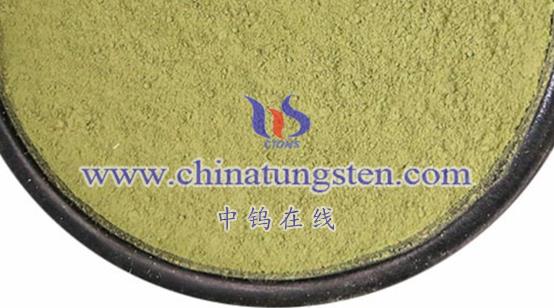
Tungsten trioxide nanowires exhibit several unique physical properties that make them particularly valuable in a variety of applications. These properties include their morphology, size, optical characteristics, and chemical stability. Below are the main physical properties of tungsten trioxide nanowires:
- Nanowire Morphology
Tungsten trioxide nanowires have a linear, nanometer-scale structure. This form results in a high specific surface area, which enhances their physical and chemical performance, making them highly reactive and efficient in various applications such as catalysis and photocatalysis.
- Size Range
The diameter of tungsten trioxide nanowires typically falls within the nanoscale, ranging from a few nanometers to several hundred nanometers in length. The exact size can vary depending on the synthesis method and preparation conditions.
- Color
Tungsten trioxide nanowires typically exhibit colors like yellow or blue, which may vary slightly based on the preparation method, conditions, and size effects of the nanowires.
- Appearance
Tungsten trioxide nanowires generally present as slender, elongated structures. They may have smooth surfaces or distinct surface morphologies depending on the synthesis process, influencing their reactivity and interactions with other materials.
- Density
The relative density of tungsten trioxide nanowires is relatively high, around 7.16 g/cm³. This density value is important for understanding their weight-to-volume relationship, especially when considering applications where material strength and stability are critical.
- Melting Point
Tungsten trioxide nanowires have a high melting point of approximately 1472°C, which indicates their excellent thermal stability. This makes them suitable for use in high-temperature applications without significant structural degradation.
- Solubility
- In Water: Tungsten trioxide nanowires are insoluble in water, providing them with good stability in aqueous environments and resistance to dissolution or degradation.
- In Alkaline Solutions: Tungsten trioxide nanowires dissolve in alkaline solutions, which is consistent with their acidic oxide nature.
- In Acid: Tungsten trioxide nanowires exhibit limited solubility in acids, but they may dissolve to some extent in strong acids, depending on the specific conditions.
- Crystal Structure
Tungsten trioxide nanowires commonly adopt a hexagonal crystal structure. This structure enhances their physical and chemical properties, such as higher photocatalytic activity and better electrochromic performance, compared to other crystalline forms of tungsten trioxide.
- High Surface Activity
Due to their high surface area and unique size effects, tungsten trioxide nanowires have an increased surface reactivity, allowing for more extensive interaction with other materials. This makes them highly effective in catalysis and sensor applications.
- Optical Properties
Tungsten trioxide nanowires have a relatively low band gap (approximately 2.6–2.7 eV), which contributes to their high light absorption efficiency. This property makes them ideal for use in photovoltaic devices and photocatalysis. They are particularly effective in solar energy conversion and environmental applications, such as the degradation of pollutants under light.
Conclusion
The physical properties of tungsten trioxide nanowires, including their morphology, size, optical characteristics, and high surface activity, make them highly suitable for applications in fields such as photocatalysis, sensors, solar cells, and smart materials. These properties enable them to perform more effectively in these applications than their bulk counterparts.
More details of tungsten oxide product, please visit website: tungsten-oxide.com
Please contact CHINATUNGSTEN for inquiry and order of tungsten oxide:
Email: sales@chinatungsten.com
Tel.: 86 592 5129595
